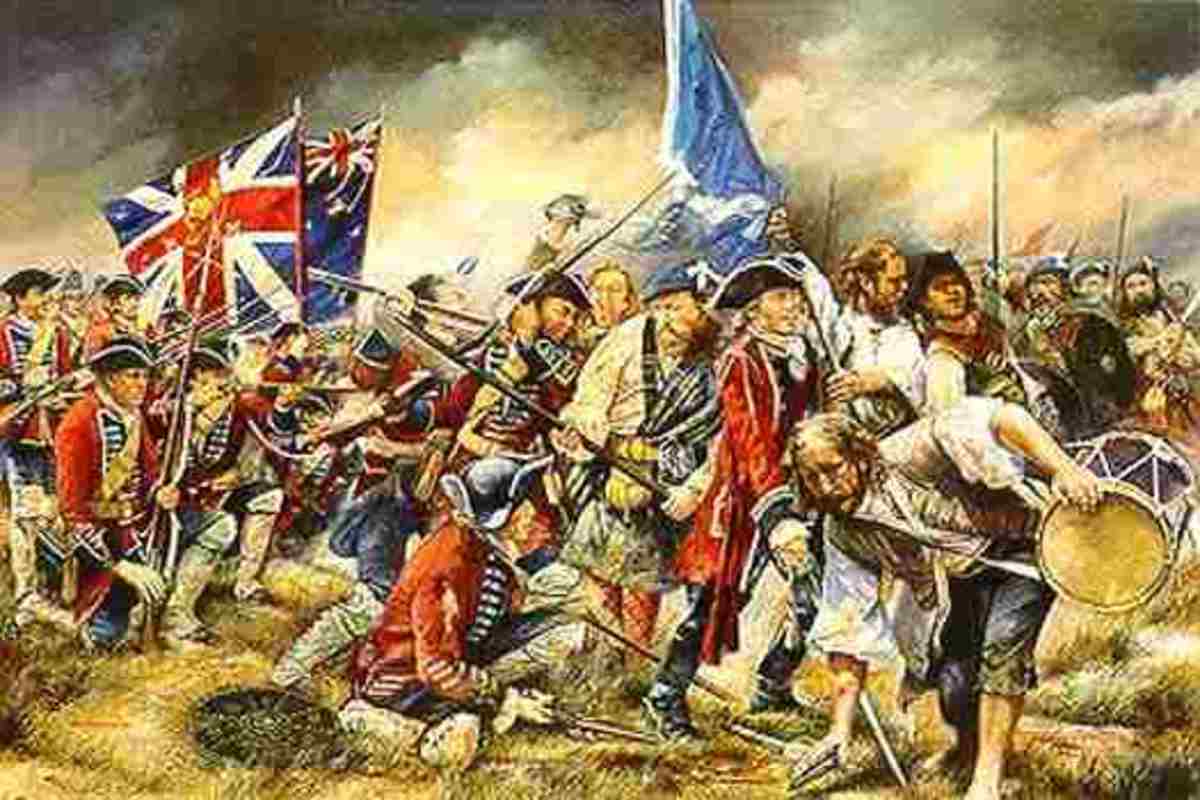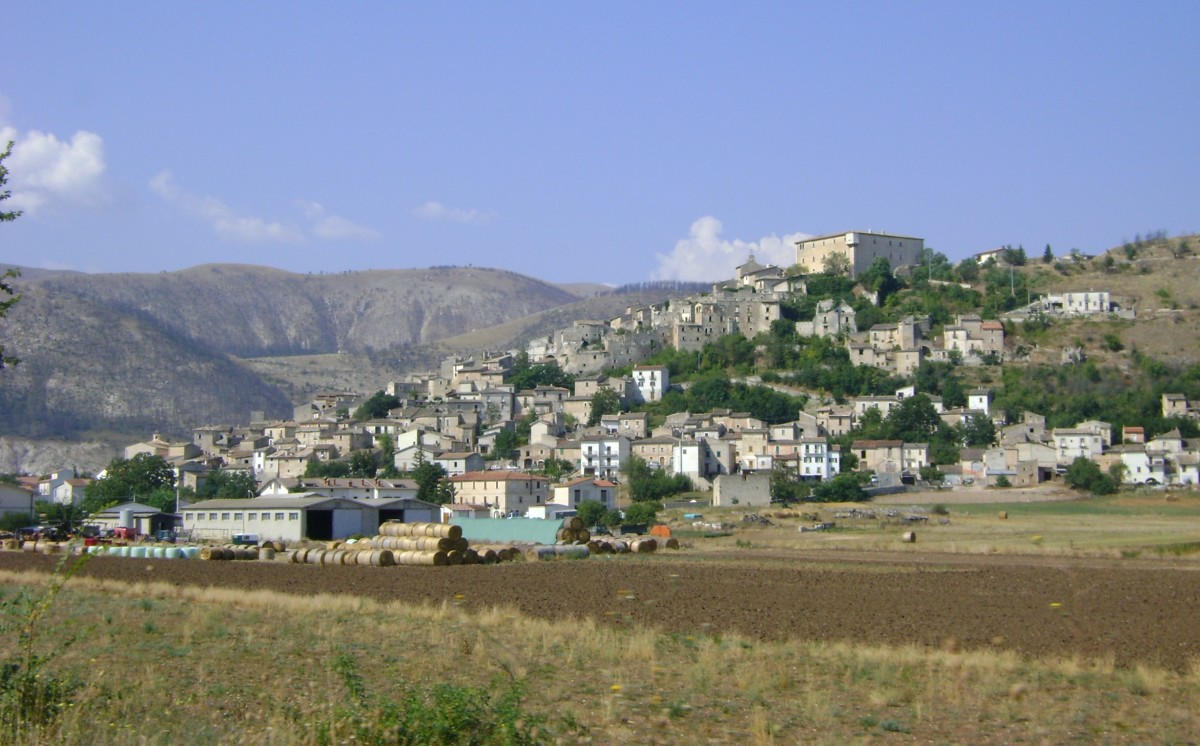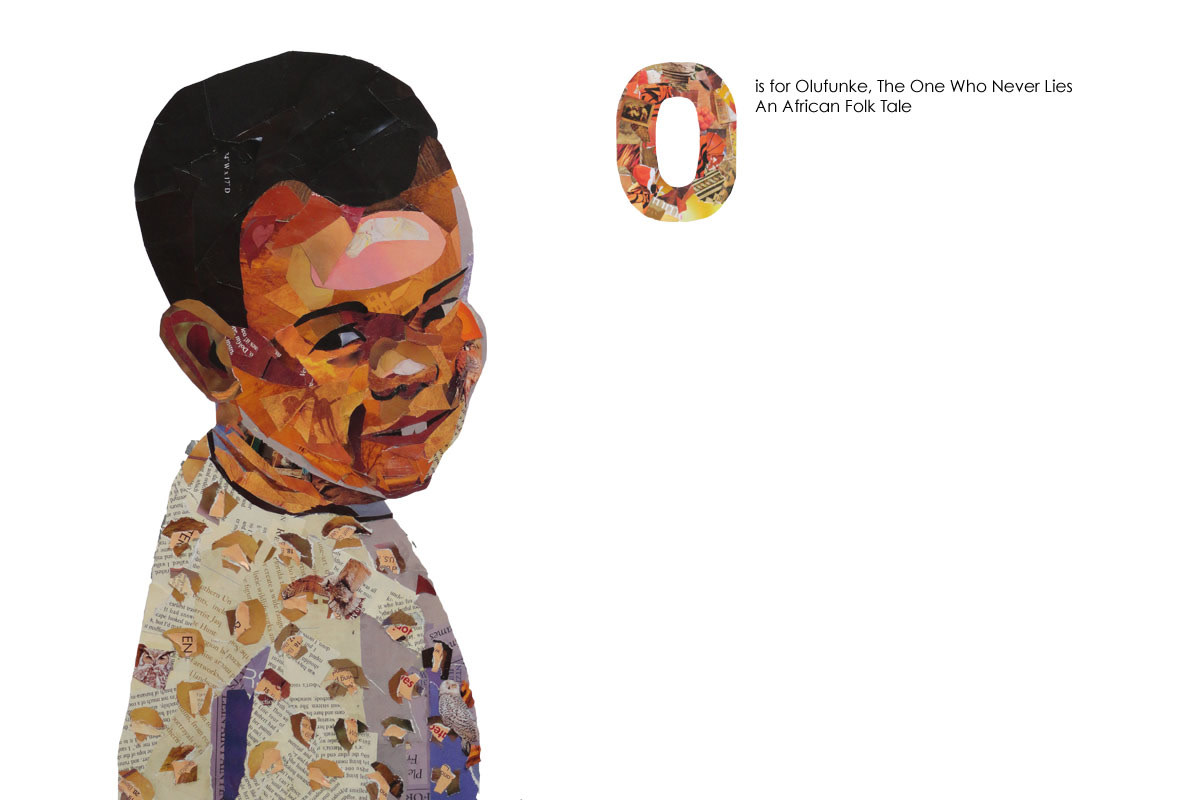Western African civilisation
All villages are born
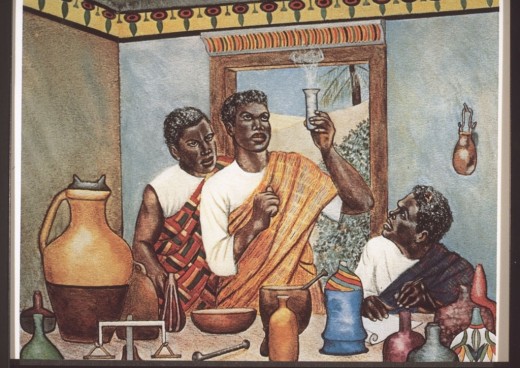
The Civilisation sources
According to our research, the "Bior" has been reproduced in other villages. What is so we can not so far give the name of a village that houses the real "Bior", among Asseudji, Affery and Bouapé. On this problem further research must be done to find the true "Sacred Bior".
Sacred Bior
According to Assiéorié's testimony in the Attobrou canton, the Attiés were "unable to answer the swearword of which the Ashantis overwhelm them, because it is a question of answering these with a large sum of money, then, the Attiés consider themselves thus sent back "(see above, page 6).
From these remarks, one can think that Attiés, under the reign of Ossei Toutou and that of his successor Opokou Ware, were not free because they were forced to pay tribute to the king.
In addition, the couple CORNEVIN writes: "it is certainly the current Ghana which provided the most important [...] workforce in the eighteenth century, the English landed them in the island of Jamaica, large distribution center for the English colonies of North America, Mexico, Cuba and Peru ".
The English colonies
It is in the understanding of these lines, people who are sold to Europeans as slaves. Of these in the eighteenth century, sold to the British, Attiés were part of it. This historical truth, linked to the African people, has unfortunately not been mentioned in any of the legendary texts. Witnesses Attiés preferred to remain silent on this dark picture of history by referring only to the problem of succession to the throne.
For them, the reasons for the displacement of the first Atties are related to the succession of King Ossei Toutou.
The origin of the name Akyé knows, too, a controversy since assertions diverge. Some people think of a word that emanates from the etymology Agni by yielding the word in two.
The changes
They believe that the word is from "ka kyi" which means "they have changed". Unfortunately, no explanation corroborates this meaning. However, others trace the meaning of this word to the mystery of the crossing of Comoé during the flight of the group. So says Louis XIV de Bouapé that the word Akyé has its source from the expression "Akyé for" which would mean, in Ashanti, "they are bridges" (see supra, p.7).
Almost all legends accept this truth but in different versions. If the origin of this name goes back to an Agni etymology, it is that we give reason to the professor Simon Pierre EKANZA which estimates that the people attié derives from a miscegenation between the Agnis, the Baoulés and so many other Akans peoples .
Now, we have just seen that Attiés are firm about their belonging to the different peoples who lived in the Ashanti Kingdom before the first half of the 18th century. Attiés, even if in the construction of their peoples, they clashed with other southern peoples or accepted other "persons without identity" (see infra, p.18), have a certain origin which makes of them a proud people among the other Akan, while sharing the same origin that is present-day Ghana.
The story
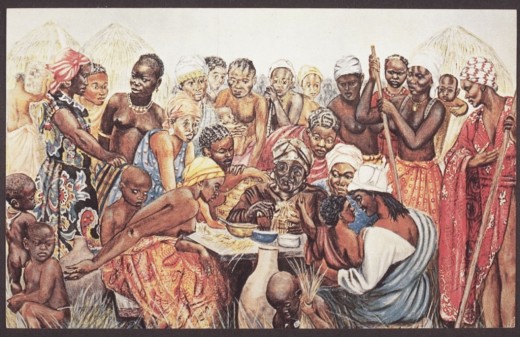
History of the Attitudes
The Comoé River
After the crossing of the Comoé River, towards the middle of the 18th century, the Attiés settled in the south-east of today's Ivory Coast. Over time, they occupy a space that extends to Comoé (East), and Agneby (West). In the North, they are limited by the Agnis and; by the N'gbato and Ebrié to the South. (see below, page 24)
To open a page for the settlement of Attiés, it is to seek to highlight the process of the occupation of this portion of earth, then to raise the different "identities" which took part in the proliferation of the families.
The settlement
There are two major phases in this process. The first is the one that marks, as soon as they arrive, the creation of the first villages; the second is the stage of the extension of Attiés lands. Driven by their leader, the Attiés, on the bank of a river named Betsor (in a forest near Bouapé) (see above, page 7) did not live together for long periods. Indeed, the day after their installation, Attiés will very soon disperse to found their first camps.
Thus, several stories have been transmitted to us and create mutual discord or misunderstanding. Everywhere in the Atties villages (except the villages surrounding the Betsor site), all the Attiés are said to have left Asseudji. For them, it is the first village of Attiés which today keeps the sacred object, the blade (see above, page 14), that they brought from the country of Ashantis. By relying on the plethoric number of witnesses, no criticism could stop the confirmation of this legendary truth.
However, comments are against what has been propagated at cruising speed. We had the chance to go down to two villages important for the history of Attié people: Bouapé and Asseudji. (see below, page 24)
Here is what the Bouape witnesses say: "During the rest in Betsor, the chief sent men to find streams close to their site to specify their final settlement. Among the envoys, some parties to the west, found a river whose water flows there is black. From their return from the trip, they reported to their leader.
Final settlement
He was very concerned about the happiness of these subjects, asked them to go, with their family, to live at the edge of this river to found their camp which takes the name of "Seubidji", that is to say "beside black water ".
Then another group was sent to prospect south-east of Betsor. After a long walk, he killed an elephant. In view of the large mass of the animal, the prospectors had to leave it and when they returned, they spoke to their leader. He asked them to do the same as those who had gone west. Thus this group returned with his family to build another camp, N'koupé.
Finally, the third camp is the one that stayed on the site near Betsor. (see above, page 7) This encampment was the one that preserved all the cultural, religious and political heritage of the Akyé people ".
The story of our Bouapé's witnesses does come to overwhelm the acceptance of what the common people say. It is understood that the Atties of Asseudji, considered as the first, support the title that everyone gives them.
This is what our parents of Asseudji say: "Attiés, after leaving their cousins Baoulés and Agnis on the way, headed south, in the forest where they found a site on which Bouapé was founded. This site made them a resting place. After having eaten, drunk and healed, the people continued on their way to find the land of their ancestors at the edge of a river marked by white sand and fish stops. (That's what the ancestors said when we were in Ghana, the comian helped us find the land of our parents they left to go to Ashanti). All villages are born from Asseudji ". (see above, page 8)
This story, rather than generating controversy, creates an ambiguity that leads us to ask ourselves: How can we explain the perpetual existence of white sand and fish stops to mark the accuracy of the first site of Attiés? What concordance can be made between the name Asseudji and its origin from Ghana? Why do the Atties of Asseudji mark an importance at their last resting site which today is the land of the village of Bouapé? What can be said about the creation of the village of Asseudji? There are several concerns that could stifle the understanding of their story.
The construction of the village
If Asseudji recognizes that the first site of Attiés is the one who sees today the construction of the village of Bouapé, we can only verify this truth in the words and the property that keeps the last village. For the Atties of this one, the sacred cutlass (see above, page 9) in all its primitive state is not found at Asseudji.
This object is kept in Bouapé. And, the first chief of their village is the one who led the Attié people without being associated with another from another group (Baoulé or Agni). We also see a truth in this case that refuses the crossing of Comoé with the others. For those who are considered brothers who have fled the Ashanti with Attiés have never mentioned, even in parentheses, their flight with them.
But for the Atties of Asseudji, ABLA POKOU is "the sister of the leader who leads the group". How can it be explained that Attiés and Baoulé are all brothers of the same class?



